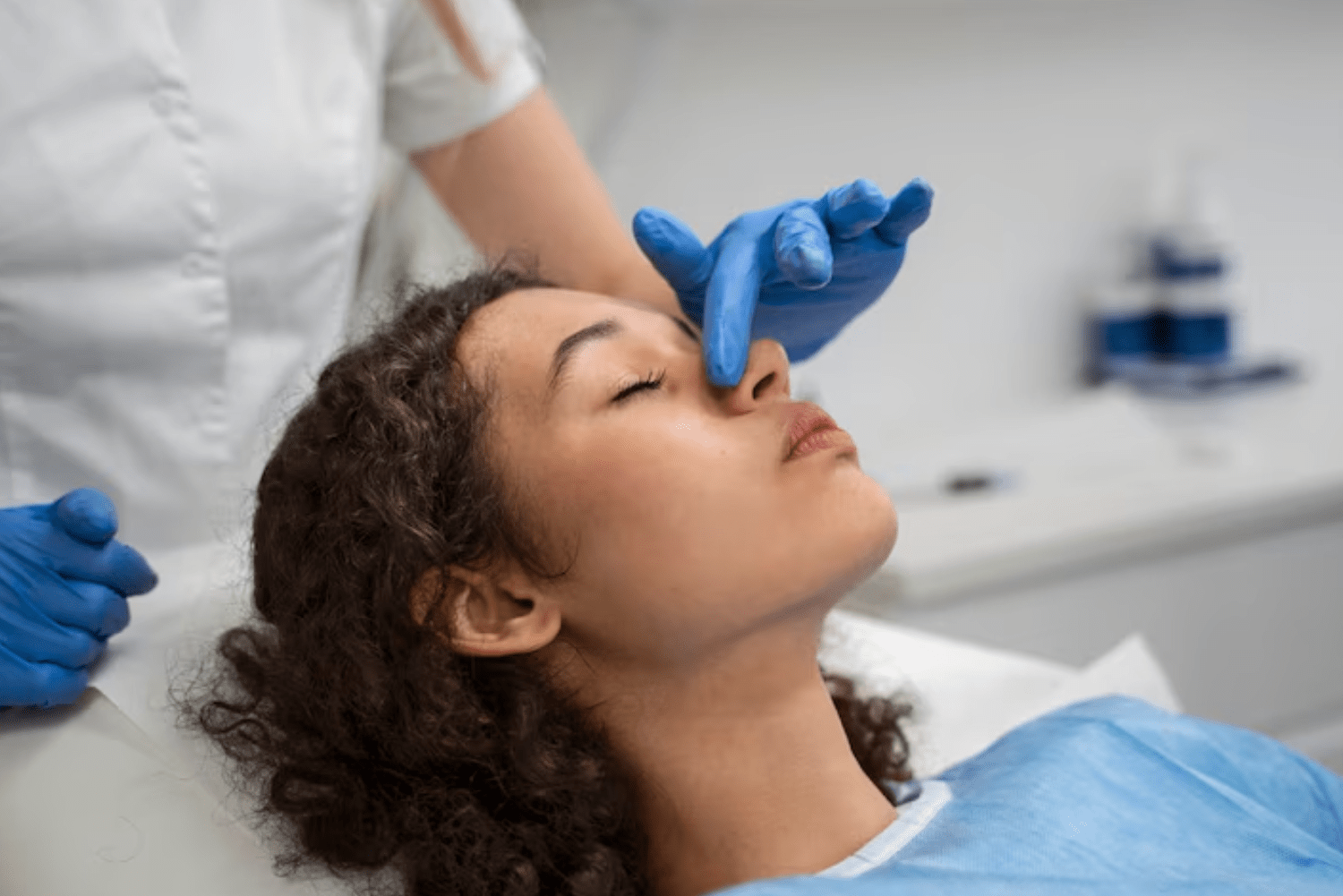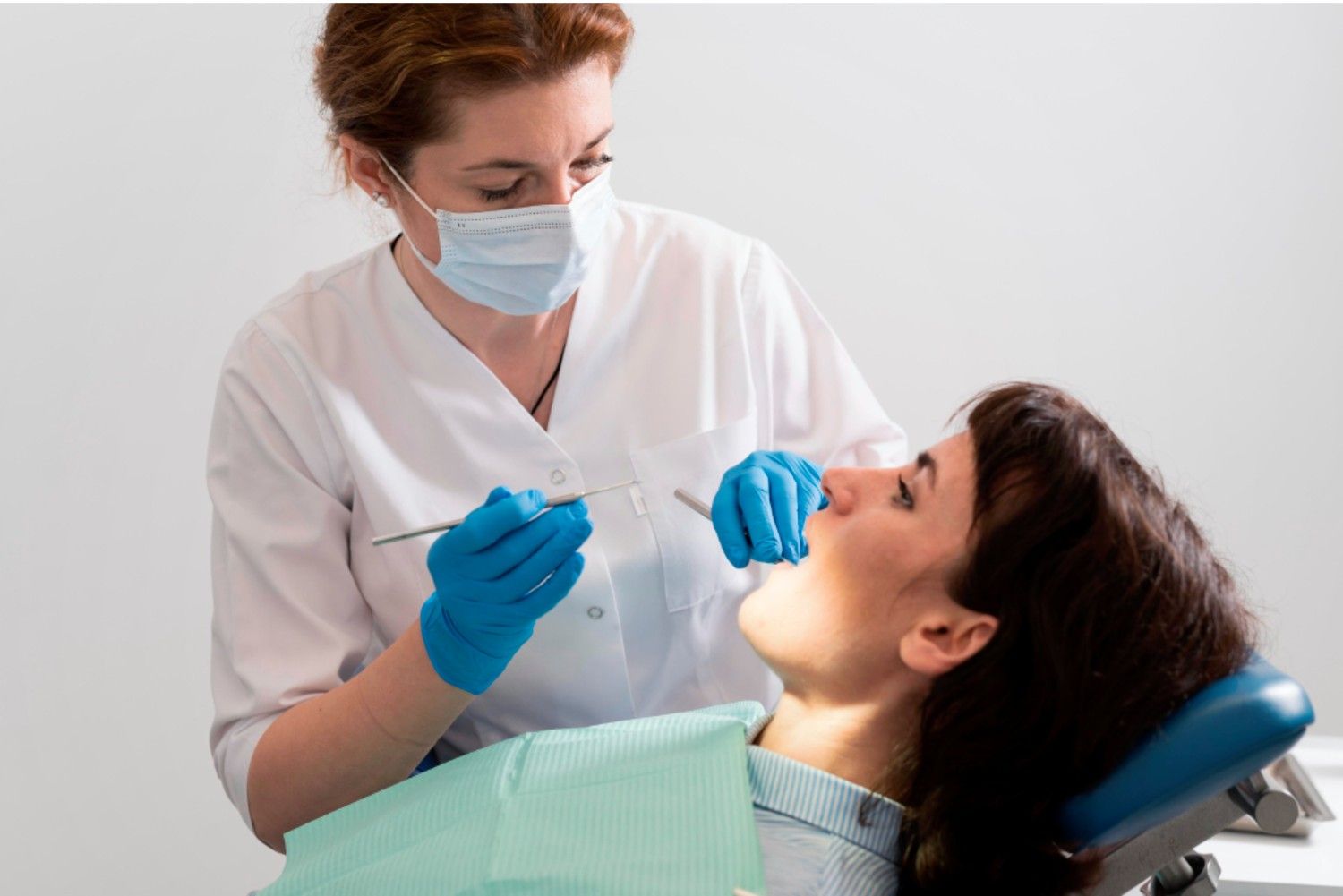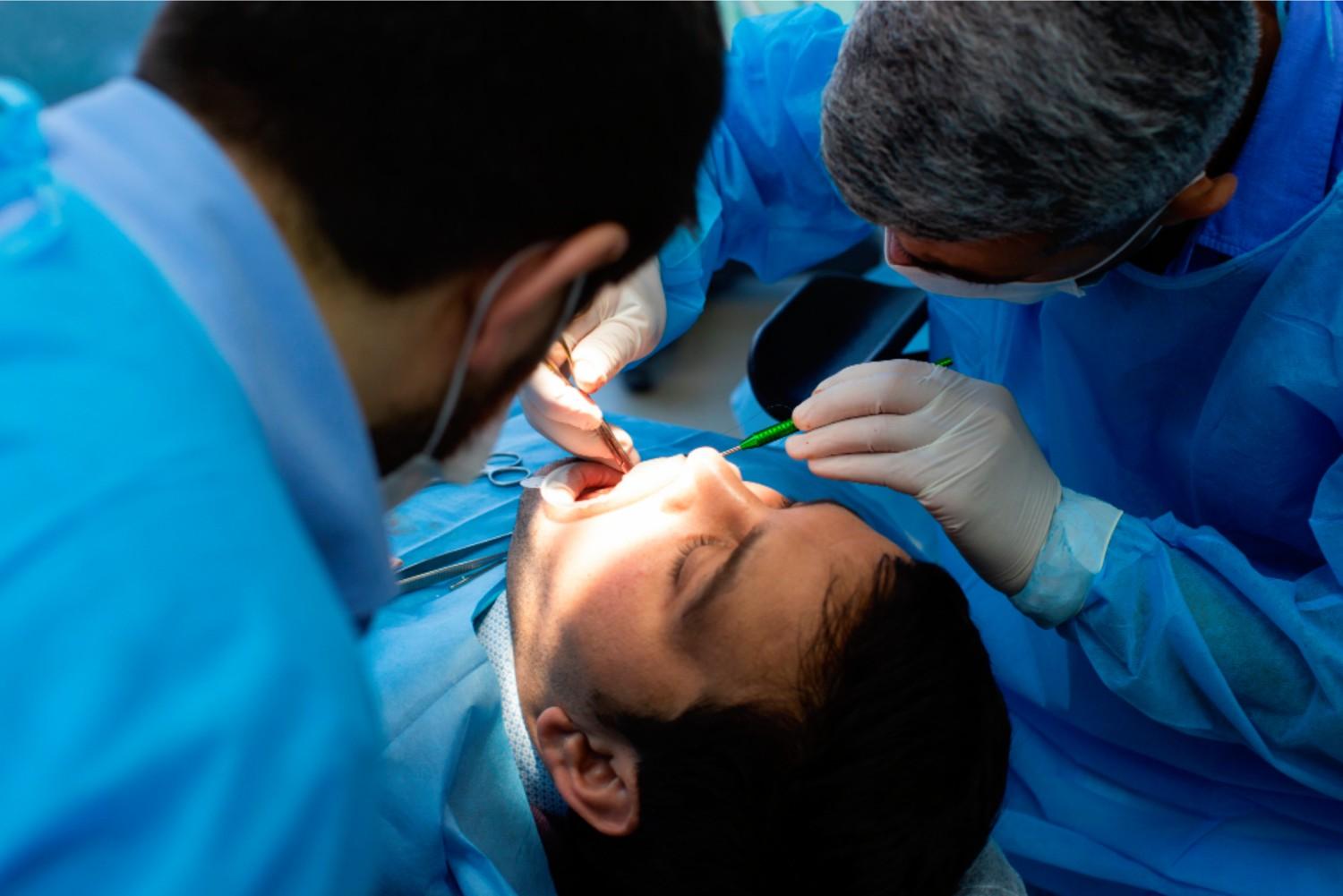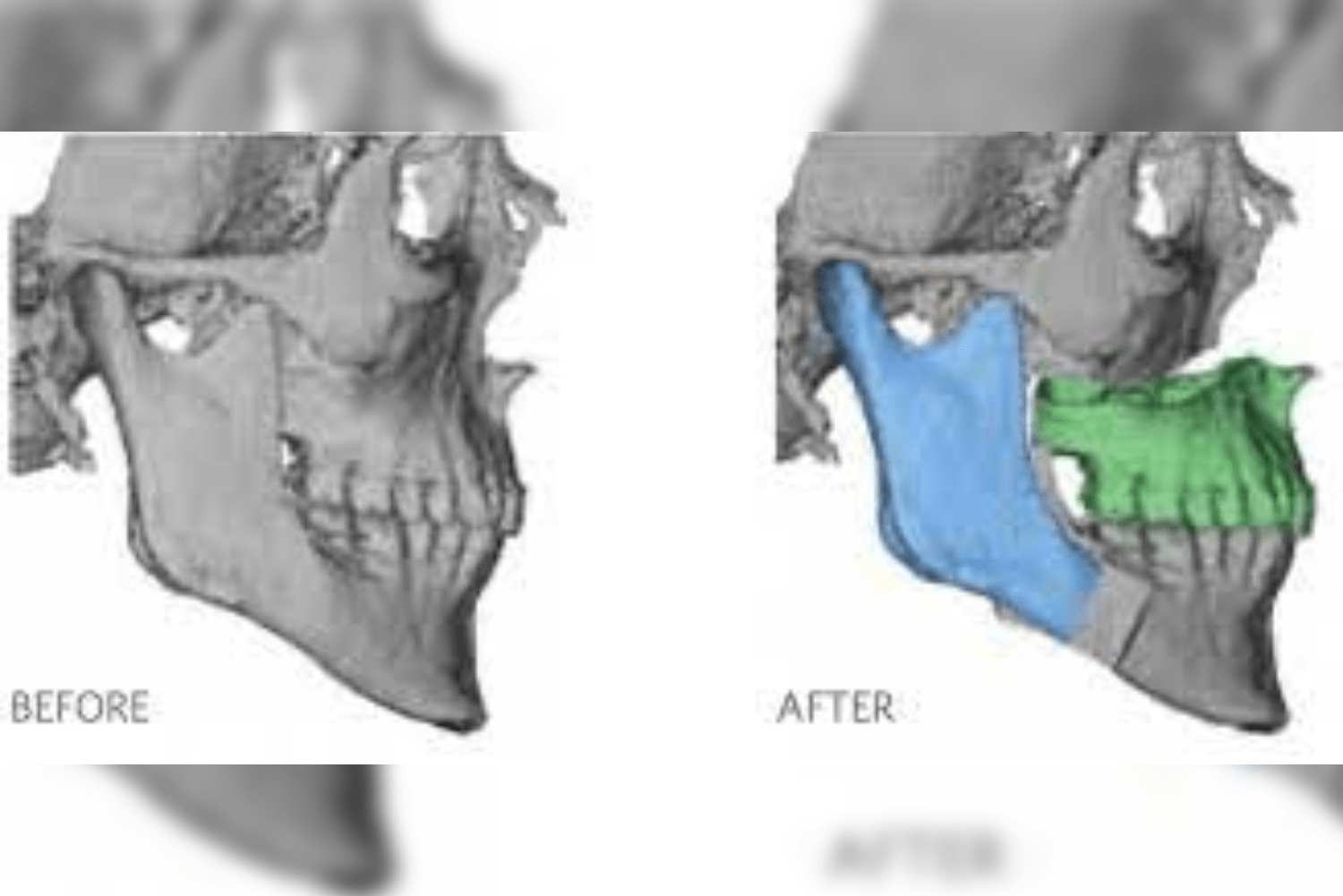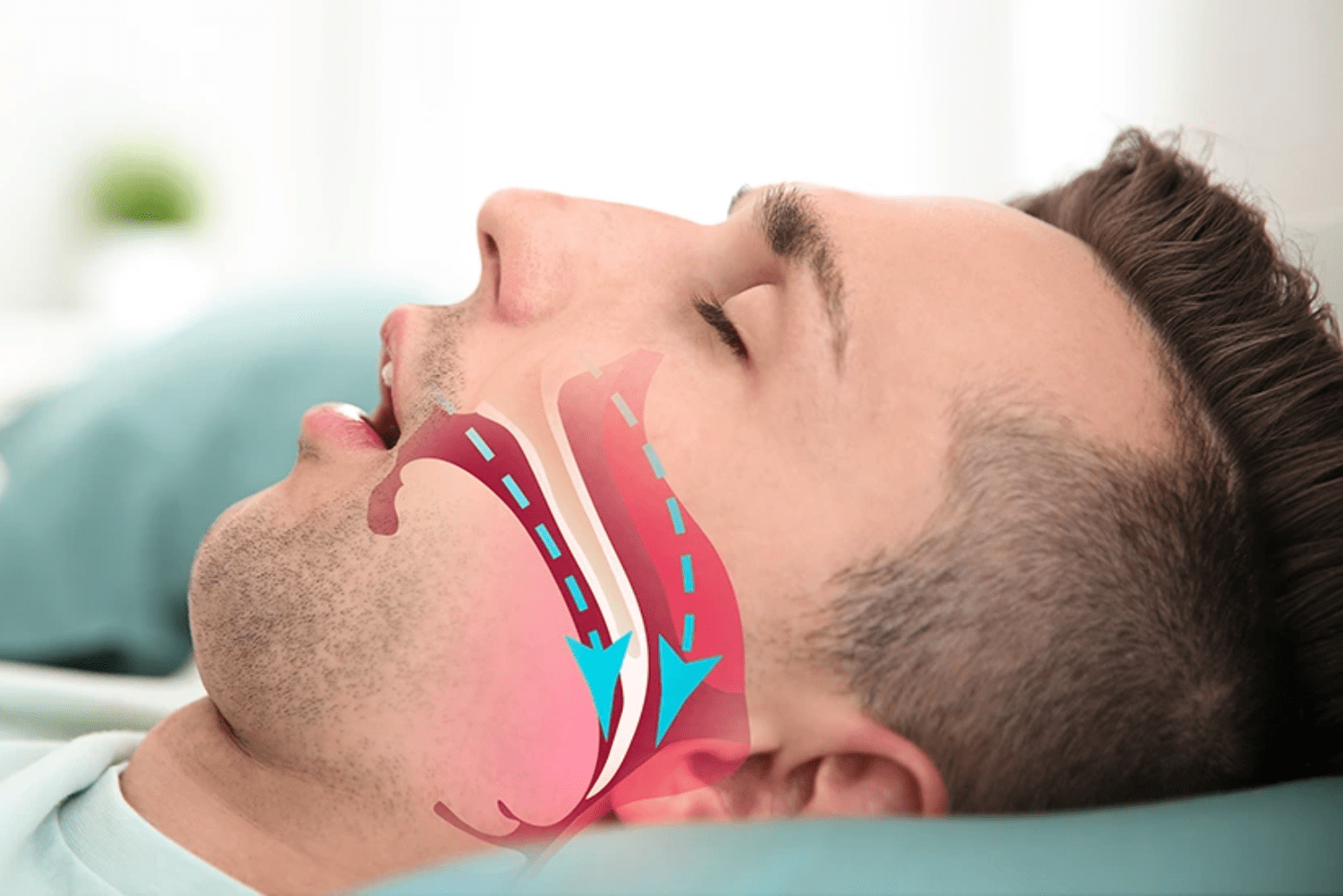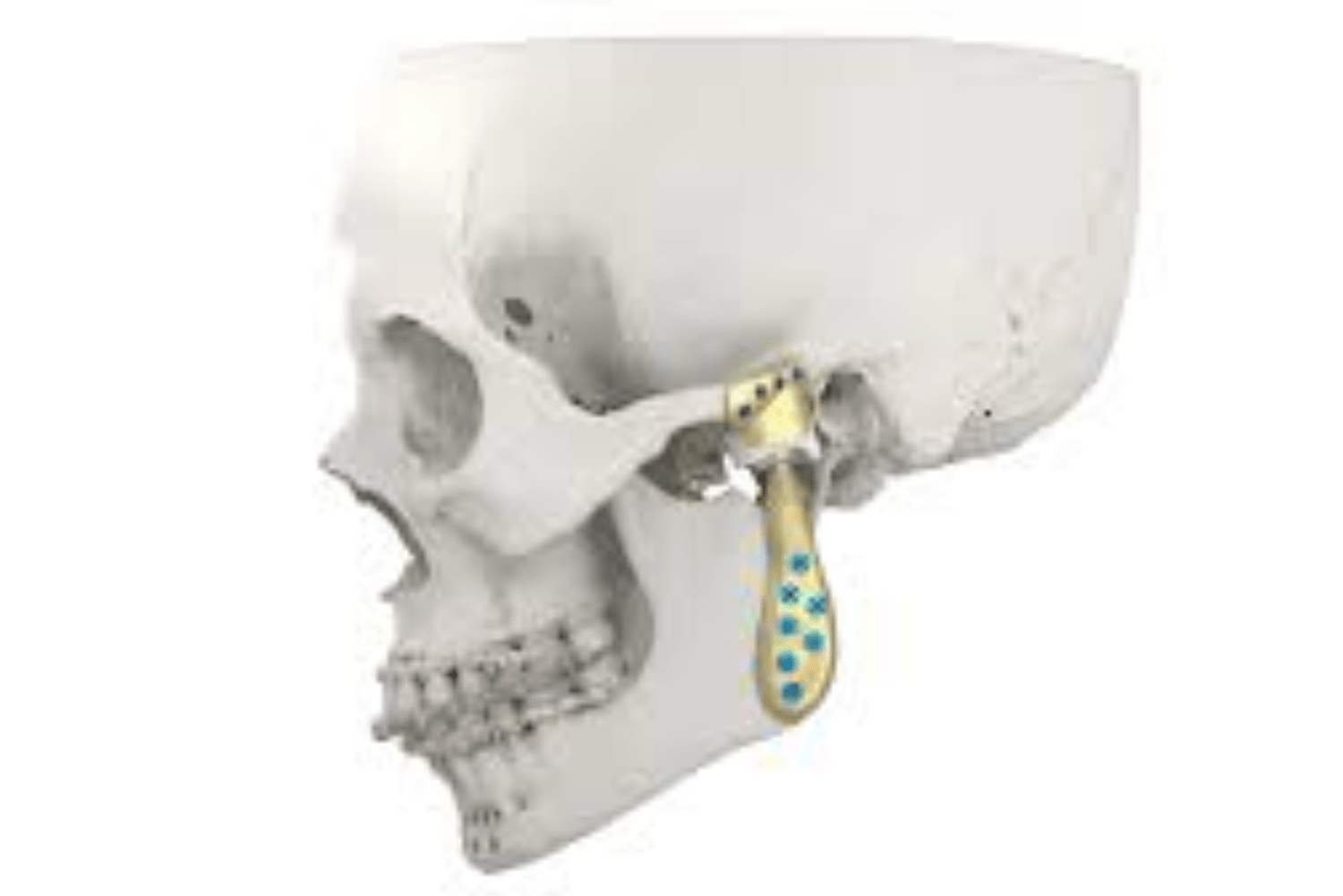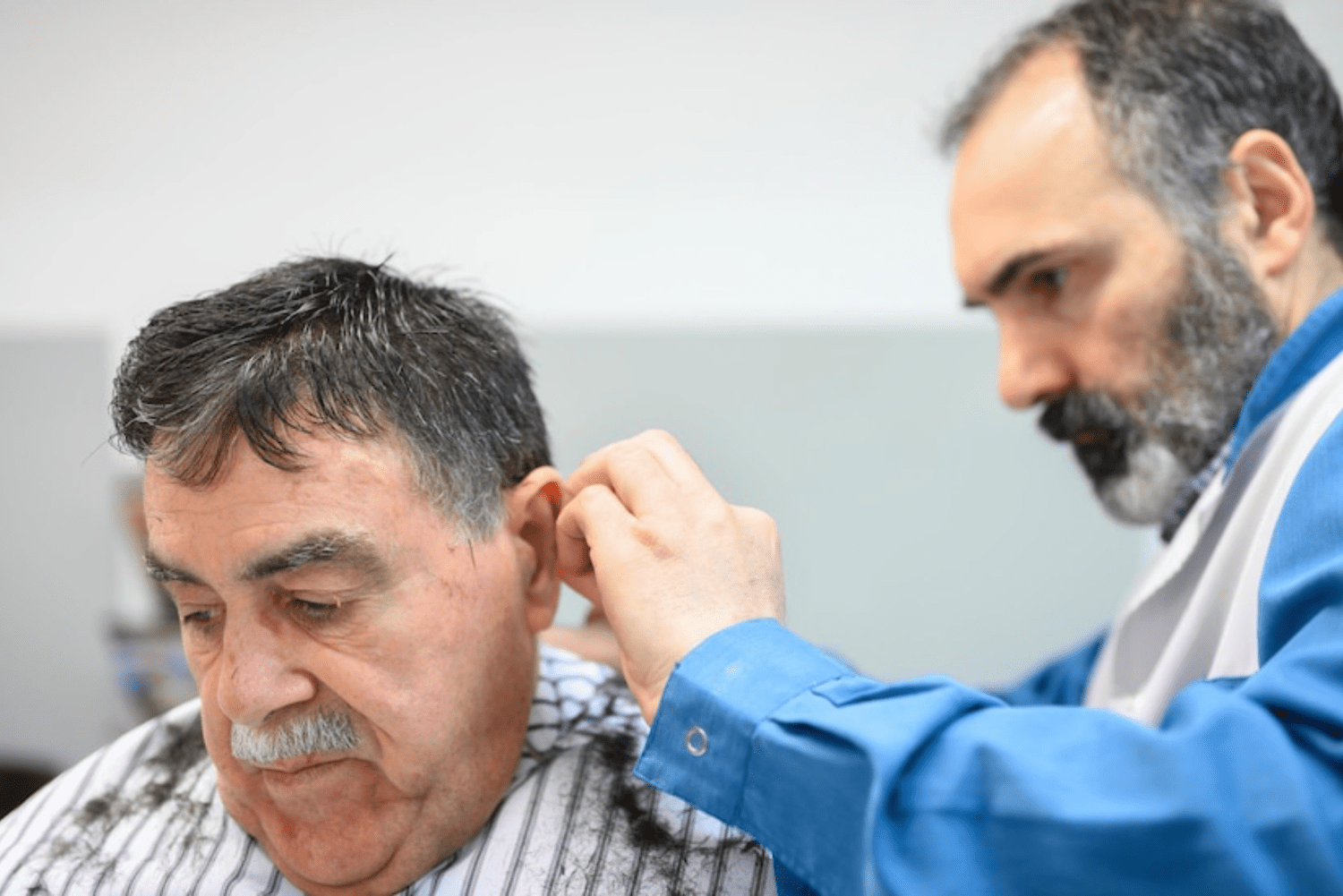Rhinoplasty is a type of surgery which is done to alter the shape, size and function of the nose. One important aspect is the role of rib graft in rhinoplasty, especially in cases that require additional support or structural correction. Challenging aspects of this surgery are understanding the complex nasal anatomy of a person.
Every person has different structural nose, which is responsible for the deformity and as well as the aesthetic results that the person carries. Few patients who have depressed flat or saddle nose need graft material to increase the height and length of the nose. There are several types of graft material that can be placed inside the nose to shape it. Rib being one of the best choices of graft, the role of rib graft in rhinoplasty is vital in providing the best results.
If you’re planning for rhinoplasty with any implant, rib graft is the choice of graft for you. The role of rib graft in rhinoplasty is crucial, but for that, you have to look for a doctor who is an expert in harvesting and utilising the rib for the nose job. If rib is harvested by an untrained or undertrained doctor, it can lead to potential complications that pose severe risk for your life. Harvesting 100% rib cartilage and designing them for the specific needs of each patient in different areas of nose requires years of expertise and experience by a doctor to perform the artistic rhinoplasty.
What is a Rib Graft?
Rib graft is an autologous graft that is harvested from the patient’s own body. It involves harvesting the rib cartilage from the rib cage, and it is used to augment or reconstruct the framework of the nose. The role of rib graft in rhinoplasty is particularly important in cases that require significant structural support, as it allows for increasing the nasal profile of the patient. Rib grafts are typically used in nose reconstruction post-trauma, helping restore the nasal anatomical framework and improving breathing capacities. In congenital nasal deformities, the graft is used to correct abnormalities present at birth. In cases of redo or revision rhinoplasty, rib grafts play a crucial role in addressing complications or unsatisfactory results from previous procedures.
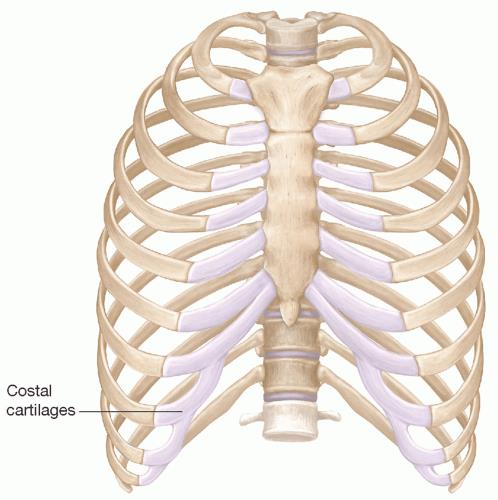
In cases of anaesthesia, nose grafts provide the necessary support to achieve optimum results.
Advantages of Rib graft in rhinoplasty
There are several advantages that the rib graft holds in the rhinoplasty procedure.
Autologous material: The graft is harvested from the patient’s own body, highlighting the role of rib graft in rhinoplasty in reducing foreign body reactions or graft rejection seen with synthetic materials. They are highly biocompatible with minimal extrusion.
Good structural support: The grafts can provide very significant structural support to the nasal framework, thereby improving the overall result. The support will be robust, thereby decreasing the risk of graft warping and resorption.
Customisation: The graft can be curved or shaped according to the specific needs of the patient or diced and moulded to reshape the nose
Versatility: The rib grafts are very versatile in providing different graft usages like dorsal augmentation, tip graft, nasal strut graft, alar graft etc.
Material availability: Rib grafts provide optimal amount of graft material required to reshape the nose.
Long-term results: The synthetic materials tend to cause rejection within a few months or years, whereas the rib graft, highlighting the role of rib graft in rhinoplasty, being autologous, has minimal reaction with the body, thereby providing long-lasting results.
How is Rib Graft Taken or Harvested?
The process of harvesting the rib graft is very interesting. The rib graft is harvested from the fifth or sixth rib, preferably, although other ribs can also be used. The incision or the opening is given in the inframammary crease. This careful procedure emphasizes the role of rib graft in rhinoplasty for achieving optimal structural support and aesthetic results.

The inframammary crease is the existing line present below the breast in females or the line found below the chest level in males. From this opening, the rib is reached after careful and meticulous dissection of tissues. The cartilage of 2 to 3 cm is harvested. The site is closed with fine sutures that leave no visible scar, highlighting the role of rib graft in rhinoplasty for precise structural augmentation and long-term results.

The surgeon carefully plans the incision and techniques to harvest the rib. This is done to minimise donor site morbidity and ensure optimal graft quality. Post-operative pain is minimal due to the precise harvest, and a very thin line or no visible scar will remain. This meticulous approach emphasizes the role of rib graft in rhinoplasty for achieving safe, effective, and long-lasting nasal reconstruction.
Shaping the Rib graft.
Once the graft is harvested, it is carefully shaped according to each patient’s specific needs to place it in the dorsum of the nose. This meticulous shaping highlights the role of rib graft in rhinoplasty, ensuring that the height and length of the nose are maintained. Other grafts like strut grafts, nasal tip grafts, and alar grafts are shaped as required and augmented in the nose. In some scenarios, the rib graft is diced and placed in the dorsum to mold perfectly according to each patient’s needs.

The dorsal augmentation improves the overall shape and profile of the nose, demonstrating the role of rib graft in rhinoplasty. The tip graft refines the nasal tip, improving its shape and definition. The columellar strut graft provides the necessary support to the columella, enhancing both the shape and function. The alar graft provides support to the ala, ensuring a balanced and natural nasal contour.
Challenges and considerations in Rib graft.
Even though there are many advantages of the graft, there are a few challenges that one should know.
Donor site morbidity: Harvesting the graft can lead to donor site morbidity that involves pain, swelling and potential complications. This will not be present when meticulous dissection is done with expertise.
Graft resorption: there is a risk of graft resorption over time, but it is minimal. When weighing the pros and cons of autologous graft versus synthetic graft, the role of rib graft in rhinoplasty shows a major advantage in harmonizing with the body’s natural tissues.
Surgical expertise: High-level of surgical expertise is required in graft technique which is very challenging technically
Selection of patients: Careful selection of patients is very crucial to achieve optimal results in rhinoplasty with rib graft.
Surgeon Perspectives and Decision-Making
Our lead surgeon, Dr. Sunil Richardson, says, “Out of his experience using different types of graft materials ranging from septal graft, auricular cartilage, PEEK implants, and other synthetic materials, the role of rib graft in rhinoplasty has always been the best one so far.” To choose between septal, auricular, and costal cartilage based on patient needs, anatomical challenges, or cultural aesthetics, rib graft stands superior in providing a robust quantity of graft and easy manipulation.
Global and Cultural Perspectives
Usage of rib grafts varies in according to different racial origins of people — for example, rib grafts are required more common in Asian rhinoplasty for dorsal augmentation vs. less common in minor cosmetic corrections in Western countries.
Conclusion
Rib graft plays a vital role in rhinoplasty, particularly in cases that require major structural support or augmentation. After considering all the challenges and advantages, it remains a valuable tool in achieving optimal outcomes. Surgeons and patients work together to improve the shape, function, and overall appearance of the nose. Understanding the role of rib graft in rhinoplasty is an essential part of planning and performing successful rhinoplasty procedures.
Future Directions
As rhinoplasty techniques continue to evolve, the role of rib graft in rhinoplasty will remain a crucial aspect of nasal reconstruction. Ongoing research and advancements in surgical methods will help improve outcomes while minimizing the risks associated with rib graft use in rhinoplasty.





